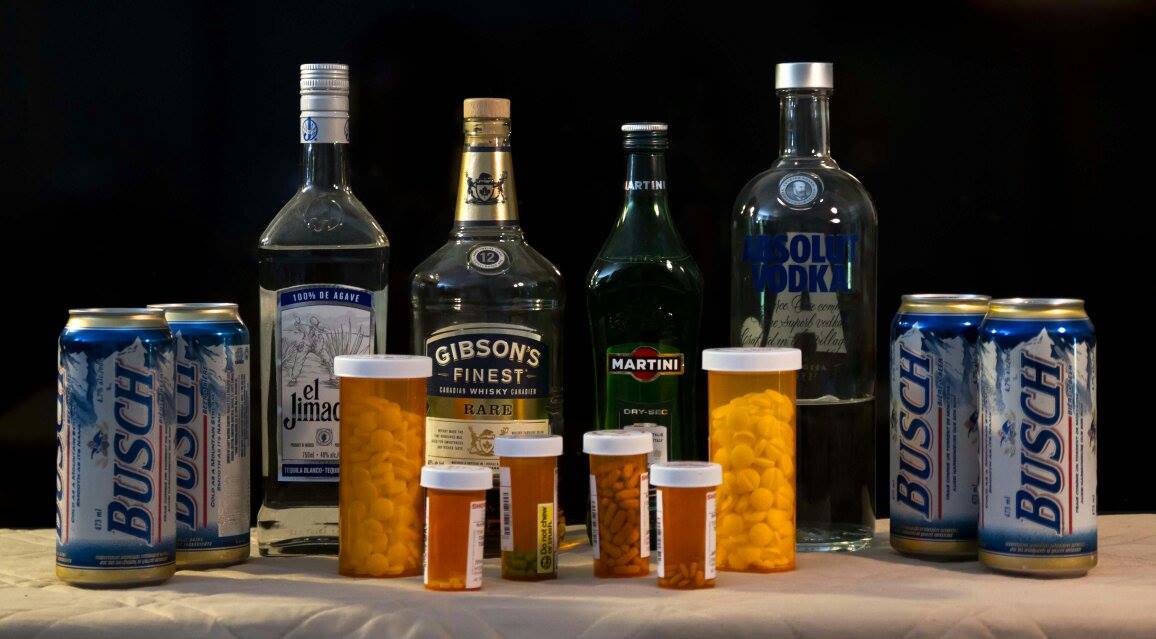Ice Wine, Explain Ice wine, What is Ice wine, How is Ice wine made

Ice wine speaks to explain Ice wine, what is Ice wine and how is Ice wine manufacture and taste.
This wine is a type of sweet dessert wine that is produced from grapes that have been frozen while still on the vine. It is also recognized as icewine or the German Eiswein.
The sugars and other dissolved solids do not freeze, but the water does, allowing a more concentrated grape must to be pressed from the frozen grapes, resulting in a smaller amount of more concentrated, very sweet wine. The freezing happens before the fermentation, not afterwards.
Only healthy grapes keep in good shape until the opportunity arises for an the wine harvest, which in extreme cases can occur after the New Year, on a northern hemisphere calendar. This gives the wine its characteristic refreshing sweetness balanced by high acidity. The grapes must be hardy and be disease free before harvesting.
Varieties:
The wine is quite expensive because the harvesting and production of the wine is labour intensive with small amounts of wine being produced.
The wine is not a new product as there are reports of the Romans having produced wine in this manner many centuries previous.
Throughout the 19th century up until 1960 Eiswein harvest in Germany were a rarity as they were produced only when unusual weather conditions left grapes frozen on the wine.
Varieties: The advent of electricity strangely enough boosted the production of the wine as it allowed the harvest to be done in the dark hours of the morning before the light of dawn allowed the grapes to thaw.
The advent of plastic which allowed the frozen grapes to be covered thus protecting them from hungry birds was another technological consideration.
After the wine production was set on commercial footing, Canadian wine quickly became popular with domestic consumers and reviewers, and many other Canadian producers and regions picked up the idea, since the harsh Canadian winters lend themselves well to the large-scale production.
The international breakthrough of Canadian wine came in 1991, when Inniskillin's 1989 Vidal ice wine won the Grand Prix d’Honneur at Vinexpo. The Canadian trend towards increased cultivation of Vitis vinifera (European) grape varieties in the 1990s expanded the palette of varieties available to be bitten by frost. By the early 2000s, Canada was established as the largest producer in the world.
Typical grapes used for the wine production are Riesling, considered to be the best variety by German winemakers; Vidal, highly popular in British Columbia and Ontario, Canada; and, interestingly, the red grape Cabernet Franc.
The wines from white varieties tend to be pale yellow or light gold in color when they are young and can maderise (acquiring a deep amber-golden color) as they age. The red varieties tend to have a light burgundy or even pink color like that of rosé wines. Some vintners in Canada have taken a step forward in experimenting with sparkling wine.
Sparkling wines have texture similar to other sparkling wines, such as champagne or Asti, but with fuller body, and a significantly higher sugar level balanced with high acidity.
Return from ice wine to homepage
Hard copy and E book for sale. What's Killing You and What You Can Do About It. Click here.
Hard copy and E book for sale. Introduction to Building Mechanical Systems. Click here.